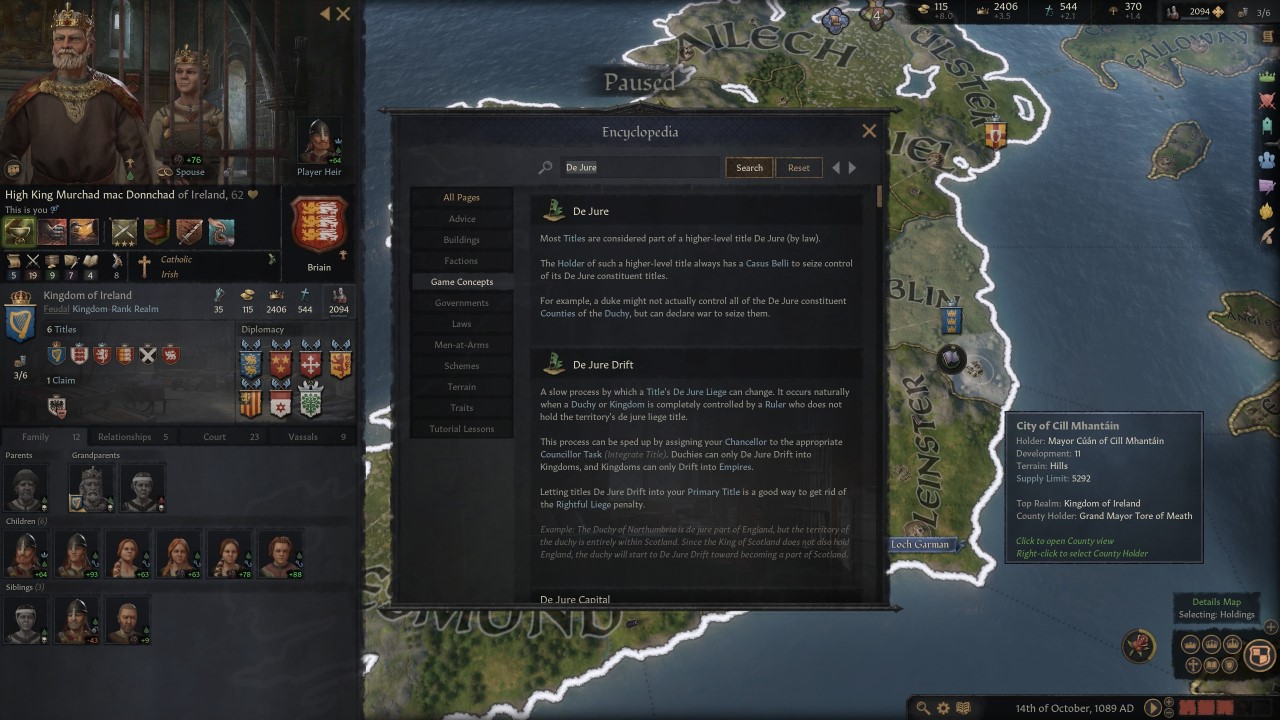
For brief periods the Crown of Aragon also controlled Montpellier, Provence, Corsica, and the twin Duchy of Athens and Neopatras in Latin Greece. The Crown of Aragon eventually included the Kingdom of Aragon, the Principality of Catalonia (until the 12th century the County of Barcelona), the Kingdom of Valencia, the Kingdom of Majorca, the Kingdom of Sicily, Malta, the Kingdom of Naples and Kingdom of Sardinia.


Finally, Palma ( Majorca) was an additional important city and seaport. The 'de facto' capital and leading cultural, administrative and economic centre of the Crown of Aragon was Barcelona, followed by Valencia. 6 Coat of arms of the kings of the Crown of Aragonįormally, the political center of the Crown of Aragon was Zaragoza, where kings were crowned at La Seo Cathedral.The Crown remained until it was abolished by the Nueva Planta decrees issued by King Philip V in 1716 as a consequence of the defeat of Archduke Charles (as Charles III of Aragon) in the War of the Spanish Succession. In 1469, a new dynastic union of the Crown of Aragon with the Crown of Castile by the Catholic Monarchs, joining what contemporaries referred to as "the Spains", led to what would become the Monarchy of Spain, as a composite monarchy under Habsburg monarchs. The larger Crown of Aragon must not be confused with one of its constituent parts, the Kingdom of Aragon, from which it takes its name. The component realms of the Crown were not united politically except at the level of the king, who ruled over each autonomous polity according to its own laws, raising funds under each tax structure, dealing separately with each Corts or Cortes, particularly the Kingdom of Aragon, the Principality of Catalonia and the Kingdom of Valencia. At the height of its power in the 14th and 15th centuries, the Crown of Aragon was a thalassocracy controlling a large portion of present-day eastern Spain, parts of what is now southern France, and a Mediterranean "empire" which included the Balearic Islands, Sicily, Corsica, Sardinia, Malta, Southern Italy (from 1442) and parts of Greece (until 1388). The Crown of Aragon ( / ˈ ær ə ɡ ən/ Aragonese: Corona d'Aragón Catalan: Corona d'Aragó Spanish: La Corona de Aragón) was a composite monarchy ruled by one king, originated by the dynastic union of the Kingdom of Aragon and the County of Barcelona and ended as a consequence of the Spanish War of Succession.


 0 kommentar(er)
0 kommentar(er)
